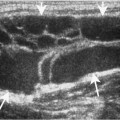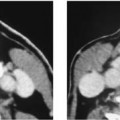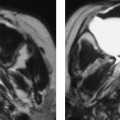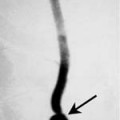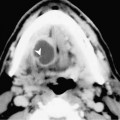Chapter 63 Cancer of the larynx is the most common head and cancer and accounts for about 2% of all carcinomas. Laryngeal cancer is more common in men (5–10:1). Patients typically present between the ages of 50 and 80. The supraglottic larynx is the second most common site of squamous cell carcinoma (SCCA) next to the true vocal cords. SCCA accounts for > 90% of cancers of the supraglottic larynx. The epiglottis is a subsite of the supraglottic larynx and is a common site for supraglottic carcinoma. Epiglottic carcinoma is directly related to cigarette smoking. Fortunately, the risk of tobacco-related cancers appears to be reversible; the risks for ex-smokers who have abstained from smoking for > 10 years are nearly equal to those for nonsmokers. Other forms of smoking, including cigar, pipe, and marijuana, are also felt to increase the likelihood of developing SCCA. Alcohol is the other major risk factor. Occupational exposure to oil, grease, and cement dust has also been associated with SCCA of the supraglottic larynx. The staging of supraglottic carcinoma are presented in Table 63–1. Patients usually present with hoarseness and weight loss. Epiglottic carcinomas tend to be larger at presentation than glottic carcinomas because bulkier lesions are necessary to compromise the larger airway that is present at this level. Patients with advanced lesions may present with difficulty breathing and may require tracheotomy. Epiglottic carcinomas, especially at the level of the hyoid bone, often extend deeply into the preepiglottic space, upstaging these lesions to T3 (Fig. 63–1). This deep extension is often understaged clinically and is best identified on cross-sectional imaging. The primary echelon lymphatic drainage is to levels II and III. The supraglottic larynx is rich in lymphatics, and nearly half of all patients will present with clinically positive neck metastases. Bilateral metastases will occur in up to 25% of all cases. Thus it is important to evaluate the lymph nodes on both the ipsilateral and the contralateral sides in patients with supraglottic carcinoma.
Squamous Cell Carcinoma of the Epiglottis
Epidemiology
Clinical Findings
Pathology
Stay updated, free articles. Join our Telegram channel

Full access? Get Clinical Tree


